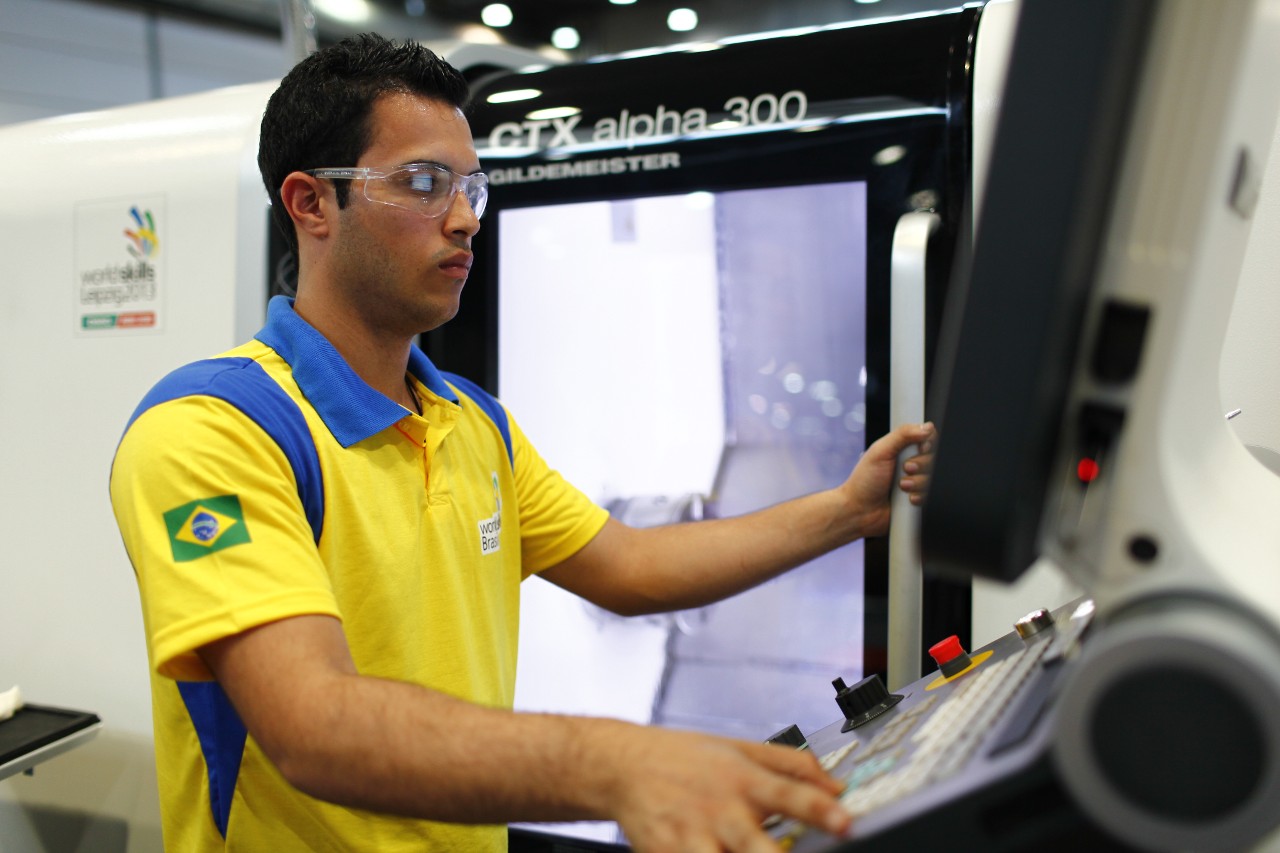CNC Turning 06
CNC Turning is a branch of engineering. Engineers have to find mechanical solutions that can make complex designs possible. Within an assembly that you may see and use every day, every single part interacts with every other. This is true of cars, Smartphones, aircraft, and so on; the possibilities are endless. For example, there are about 10,000 parts in just one car. Engineers create assemblies of many parts, and using many different materials, through CAD (Computer Assisted Drawing) software.
Each part of an assembly is made of different materials, and needs different geometries, dimensions and surface qualities. The engineer brings all these requirements into technical drawings which are called “blueprints”. But who will build these parts? To answer that question we have to decide the best way to produce each part. There are many ways of doing this, like welding, milling, casting, and 3D Printing. One very important method is CNC Turning.
A CNC Lathe is a machine on which material turns around an axis at high speed, and where cutting tools driven by computer software are moved to cut away excessive material to get the expected part. The CNC Turning Machinist receives the blueprint. Then he/she uses the Lathe in many ways to find solutions in order to build the part. These machines are very expensive, because they can do remarkable things. To have an idea of this, think what it means to achieve accuracy below 10 microns, which is six times thinner than a human hair.
The CNC Turning Machinist has to use a computer to tell the Lathe how to move the tools and cut the part. He/she also has to set up the Lathe with all the cutting tools. These tools can cut almost every material (stainless steel, plastic, soft steel, aluminium, bronze, and so on) but we have to choose well. We also choose the clamping method. This is where the material will be held firm.
When the machine starts cutting material, the Machinist makes sure that the dimensions exactly fit the blueprint specifications. For this, very accurate inspection tools are used. A smart Machinist will get the part to fit the blueprint specifications at the first attempt.
The finished and quality controlled part is sent to the assembly line with every other part, and in the end, if everyone has done their job well, the finished assembly will meet expectations and please its customers.
Required skills
Skilled craftsmanship in metalcutting and inspection technology, attention to detail, reading and interpreting technical drawings and charts, the ability to work independently, mathematical and geometrical ability, endurance and sensitiveness for high precision.
Career info
One very important method of producing the many precise and interactive parts of complex products like a smartphone, airplane or automobile is CNC (Computer Numerical Control) Turning.
The CNC turning machinist receives a blueprint; then programs a computer using accurate inspection tools to fit the blueprint specification. They set up the CNC lathe on which material turns around an axis at high speed, and where cutting tools driven by computer software are moved to produce the expected part with the cutting or clamping tools most appropriate to the material being used.
The finished part is sent to the assembly line with every other part, and if everyone has done their job well, the final assembly will meet all expectations and the CNC turning machinist has played a pivotal role in this success.
At the Competition
The Competitor has to carry out independently the following tasks:
- Prepare, based on the paper drawing, the desired CNC programs
- Calculate the points of intersection on profiles if not shown on the drawings by means of any kind of calculator or the provided CAM system or the machine control.
- Select the proper tools and independently mount, set-up and measure them.
- Machine and measure the test project. Use any type of analysis and correction to complete the desired task.
- Comply with the safety instructions by the machine manufacturer and with the national safety regulations, as well as WorldSkills regulations.

